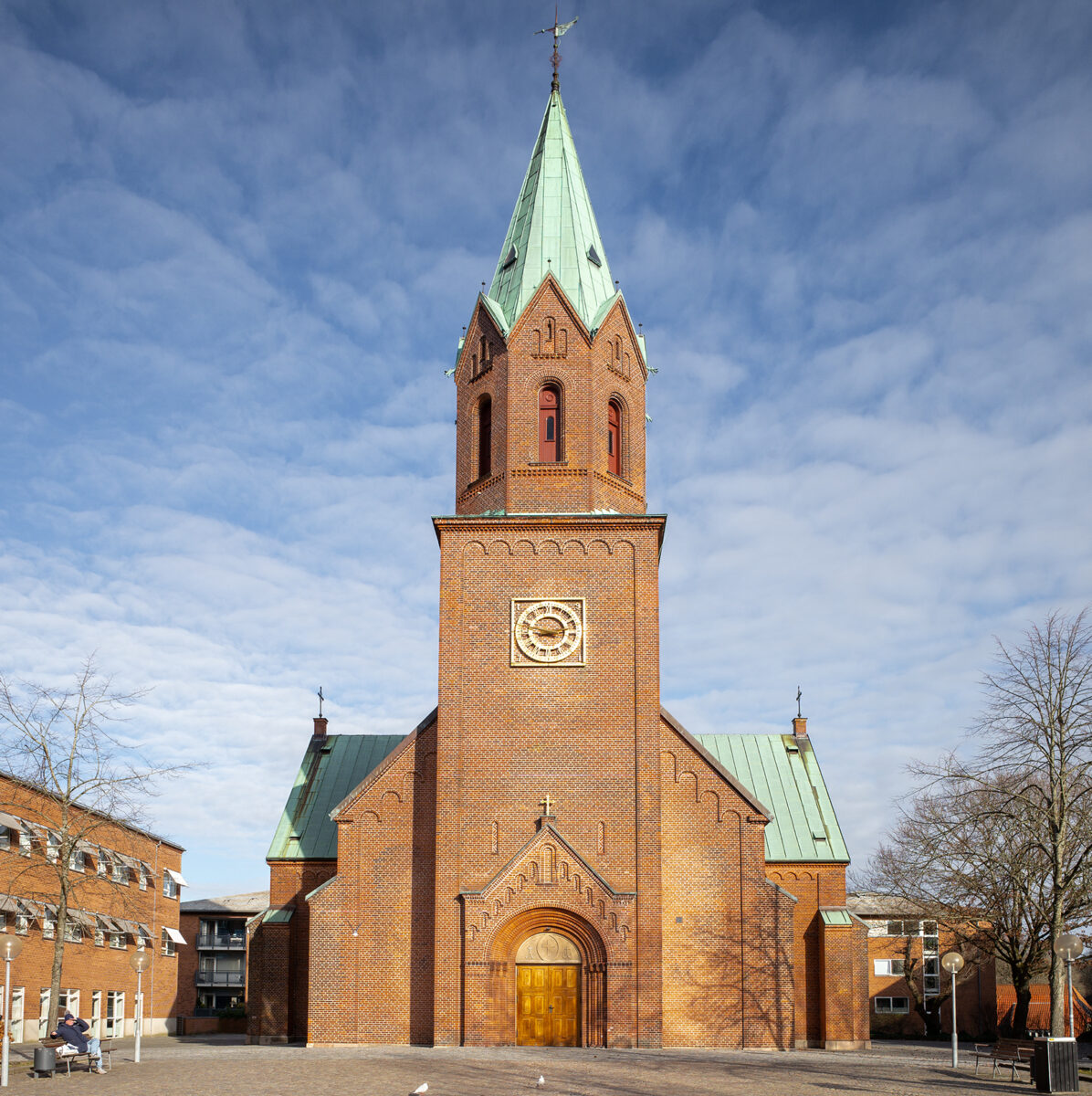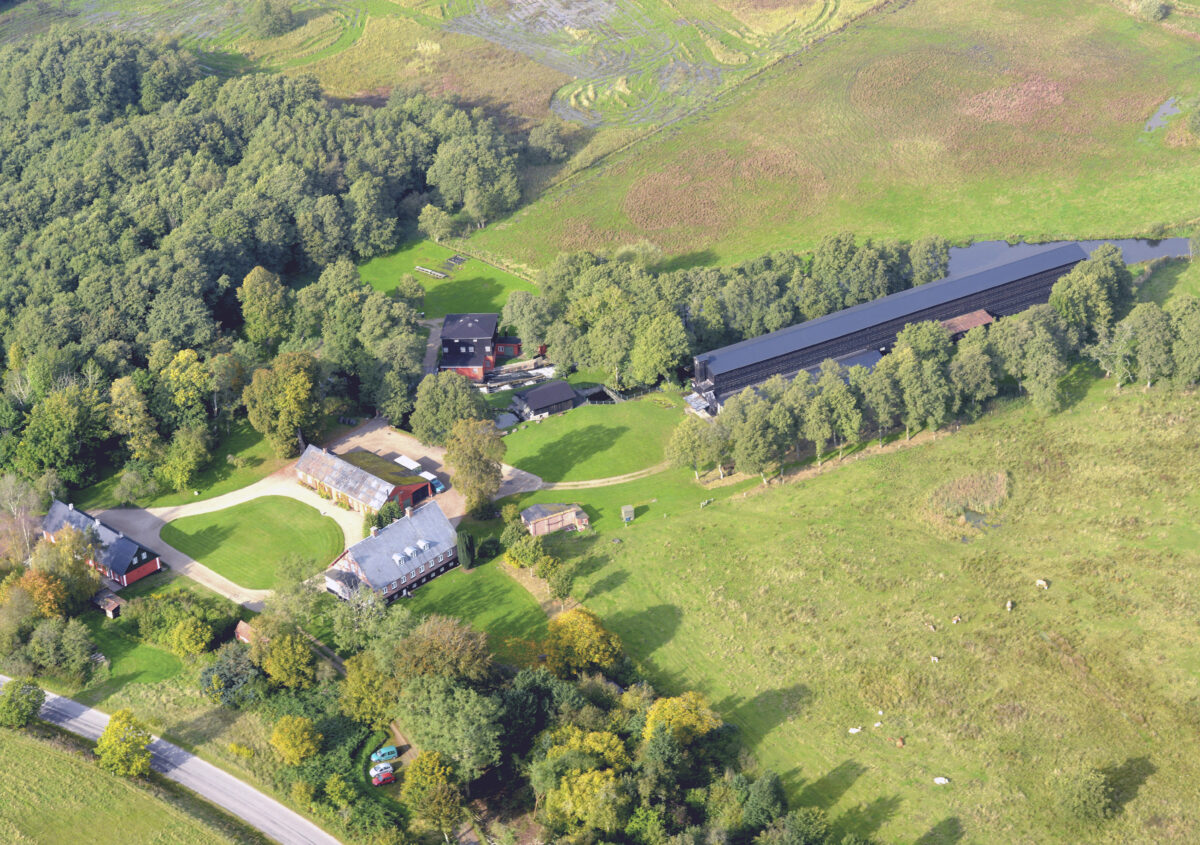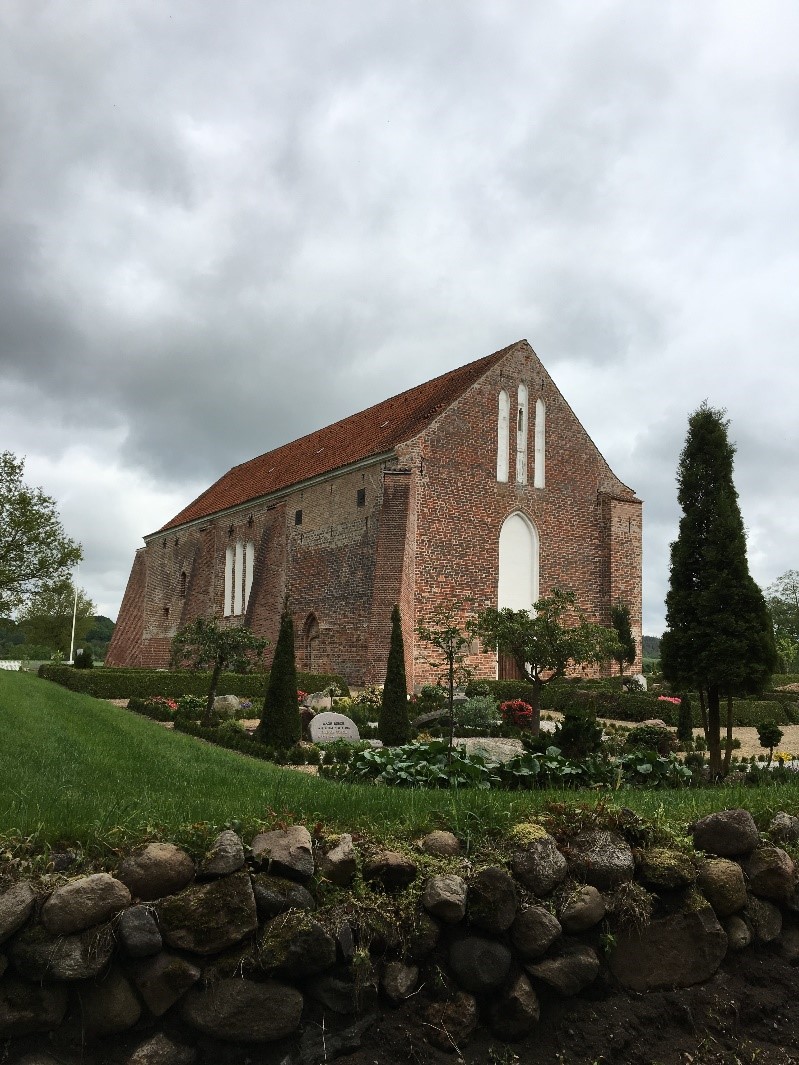
Churches and monasteries in Søhøjlandet
Below you can read about the monasteries that were located in Søhøjlandet in the Middle Ages and some of the churches you can visit today.
The monasteries of Søhøjland
The Lake Highlands were rich in monasteries in the Middle Ages. Not much is preserved, but they are all worth a visit. Where Øm Monastery once stood, today you can visit the ruin park, a small museum and the monastery garden - beautifully down to Mossø. Where Voer Monastery once stood - also right next to Mossø - you can experience the monks' canal, which the monks dug to harness the water power, and the beautiful old paper mill. And Veng Abbey Church still stands as one of the oldest and most exciting churches that is now a parish church. Read more below.
Voer Kloster/Klostermølle
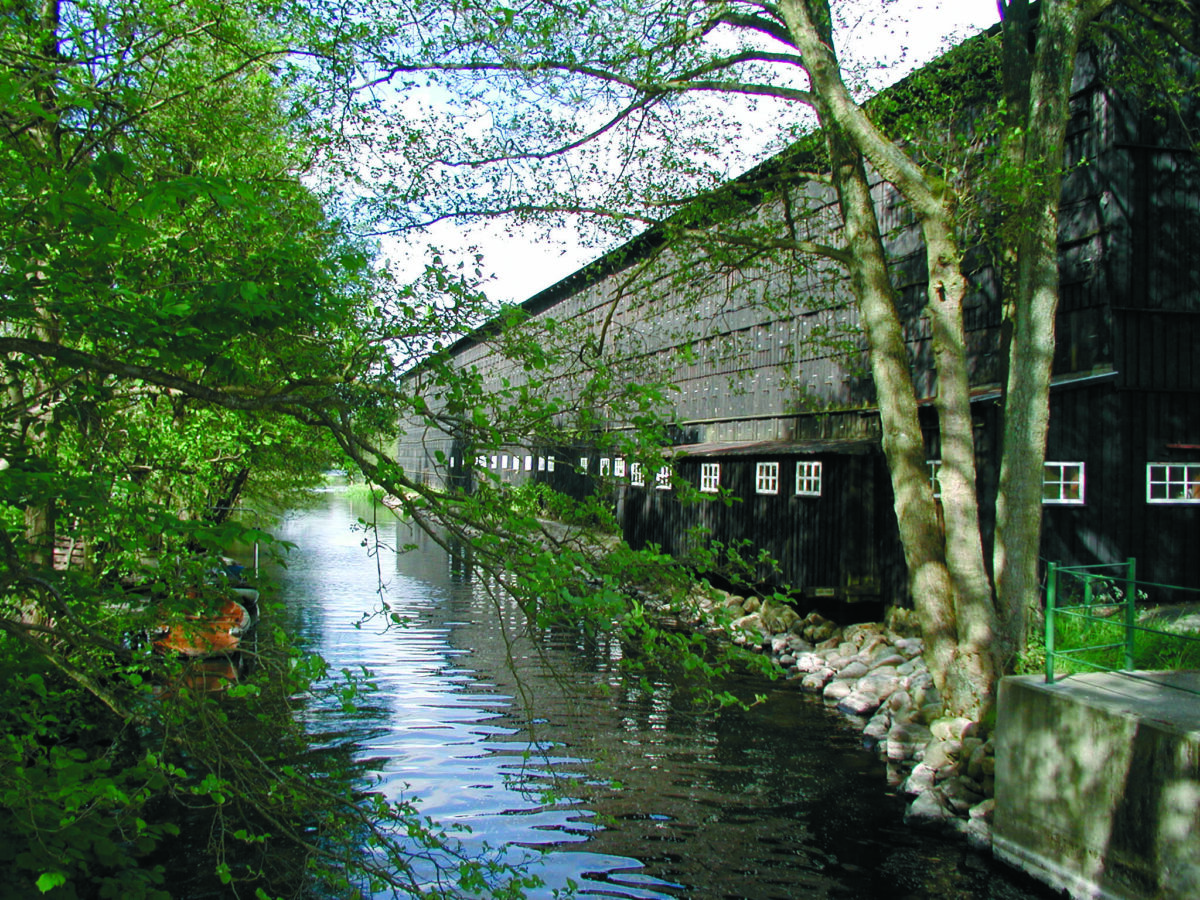
Øm Kloster
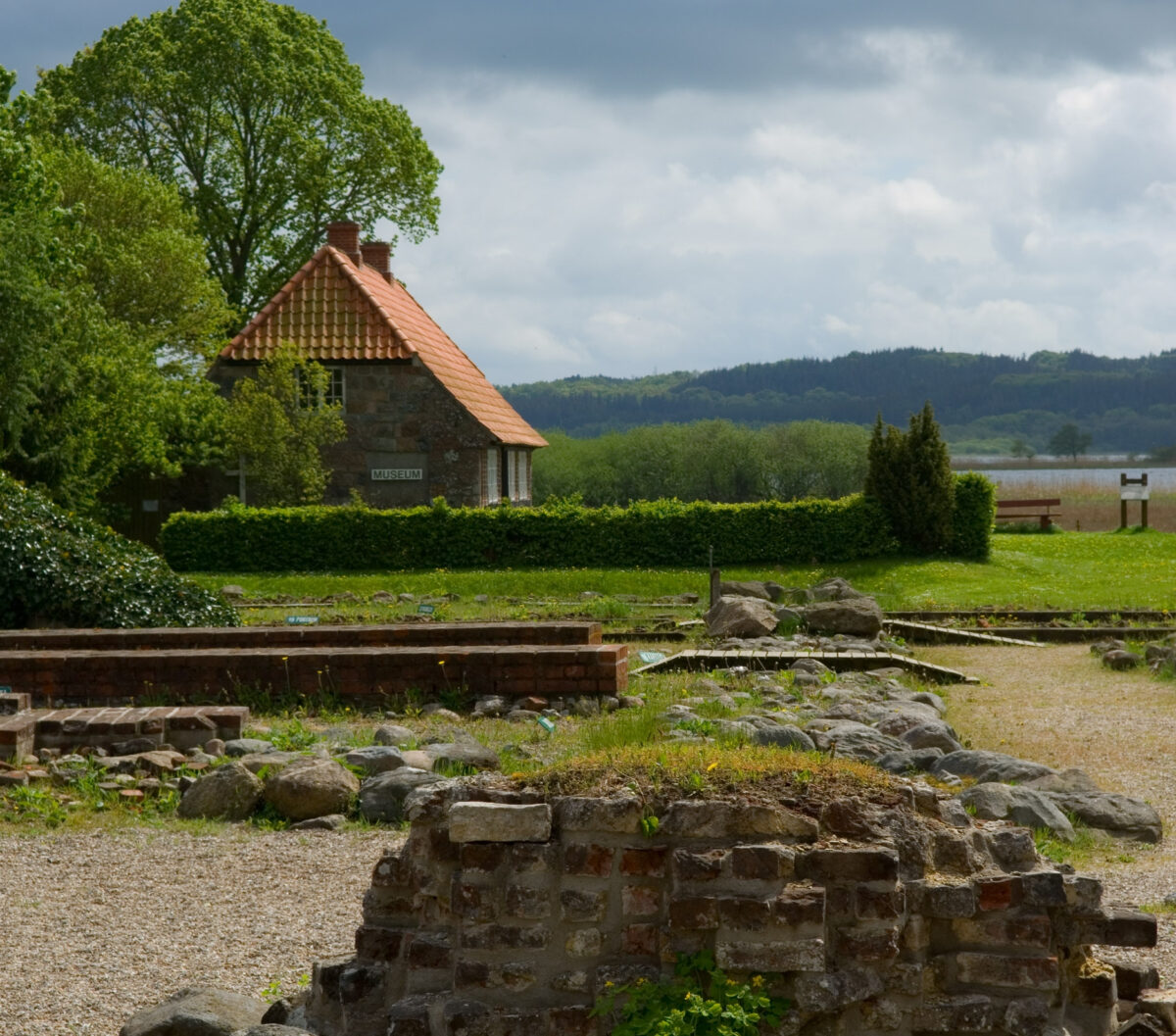
Veng Kloster
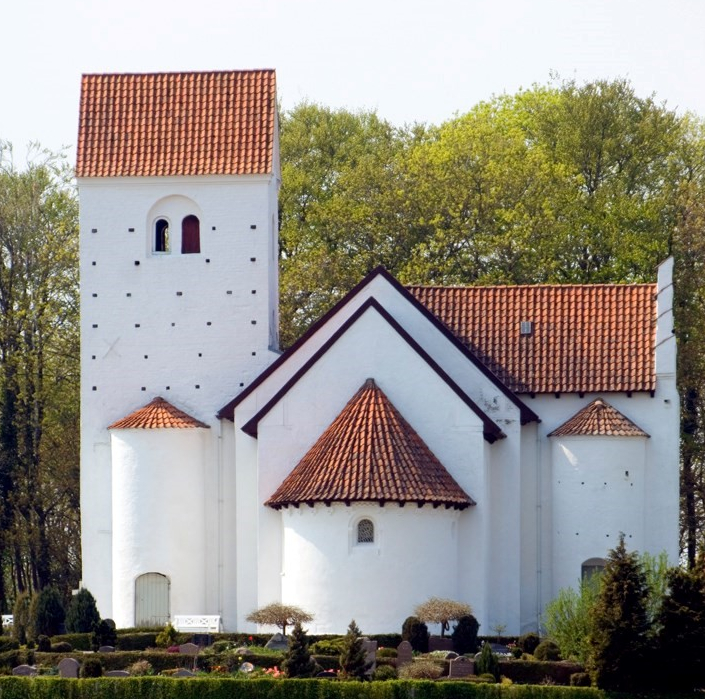
Ring Kloster
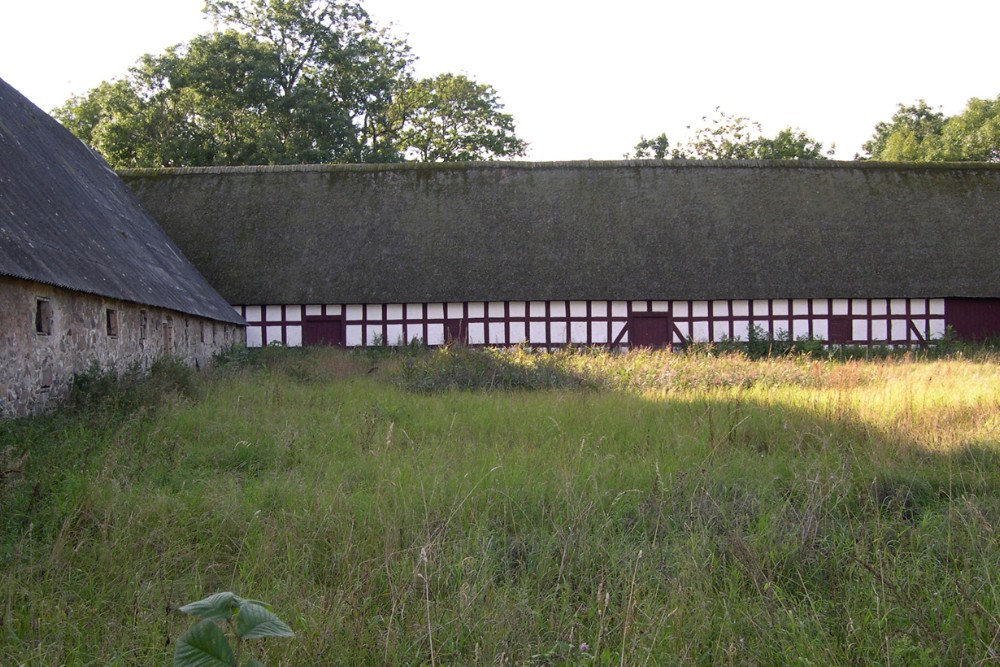
Read here about some of the churches in Søhøjlandet
In Søhøjlandet you can visit both Sct. Søren's church, which was an important pilgrimage destination in the late Middle Ages, and several examples of beautiful modern churches - including Lysets Kirke in Virkelund. Read along below.
Sct. Sørens eller Gl. Rye kirke
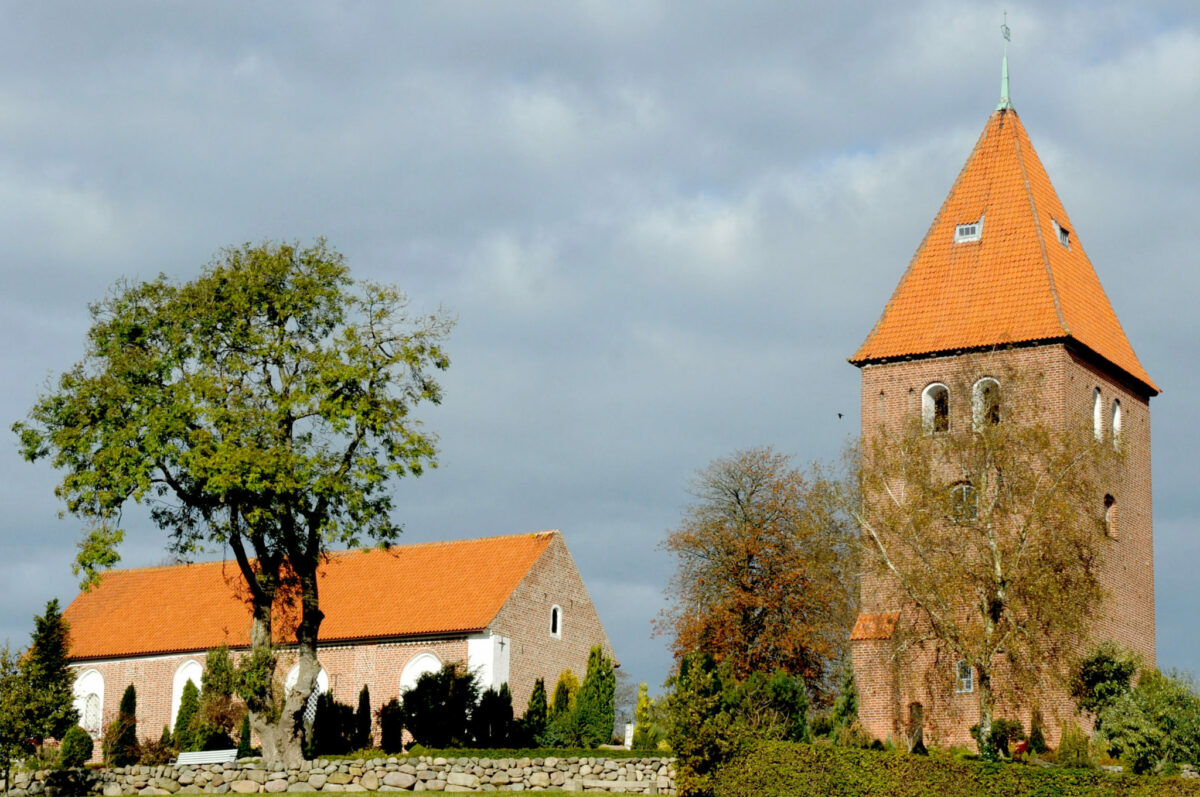
Ry kirke
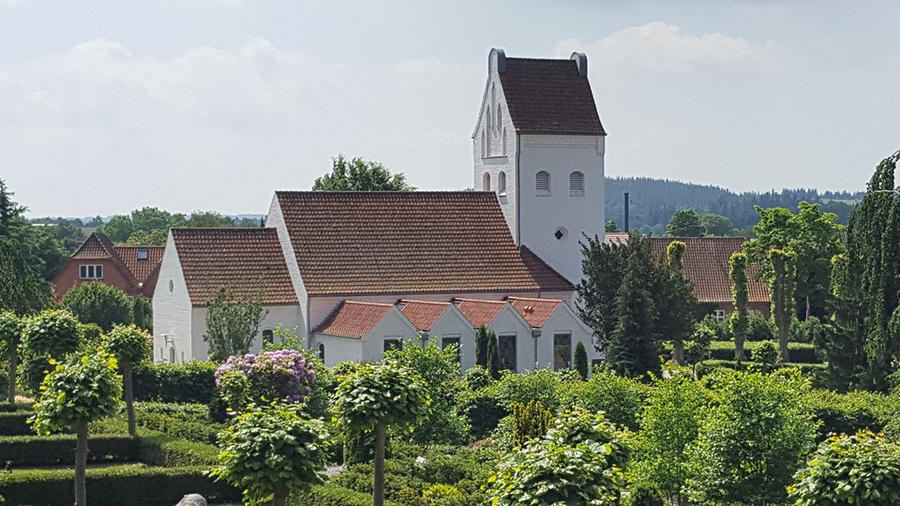
Tulstrup kirke
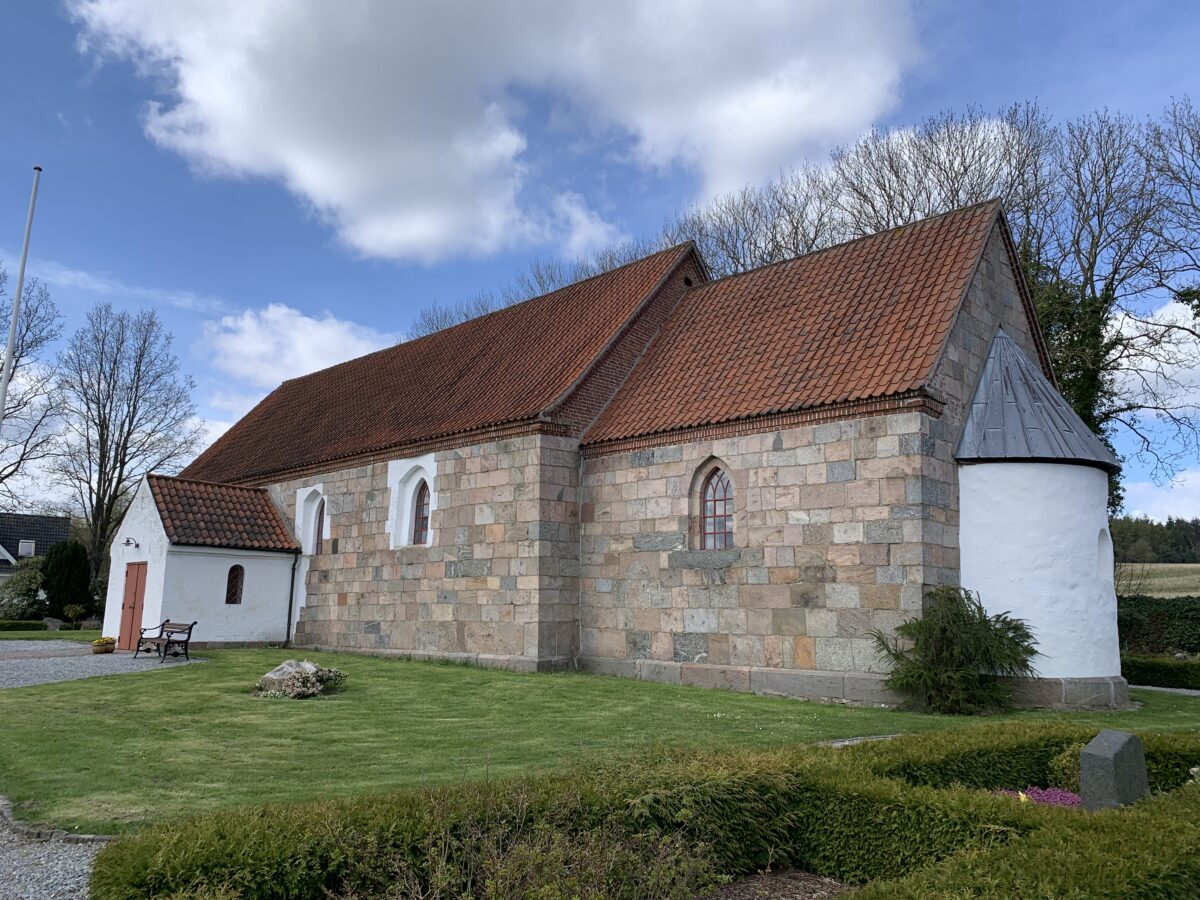
Sejs-Svejbæk kirke
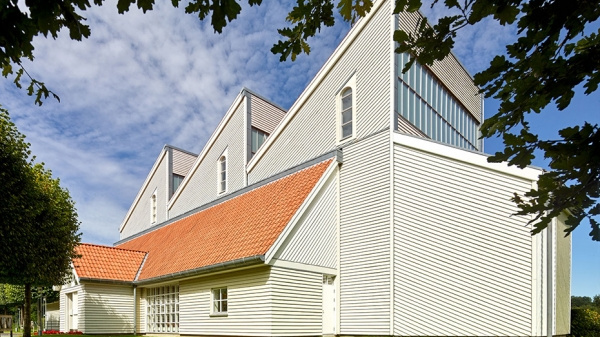
Virklund kirke
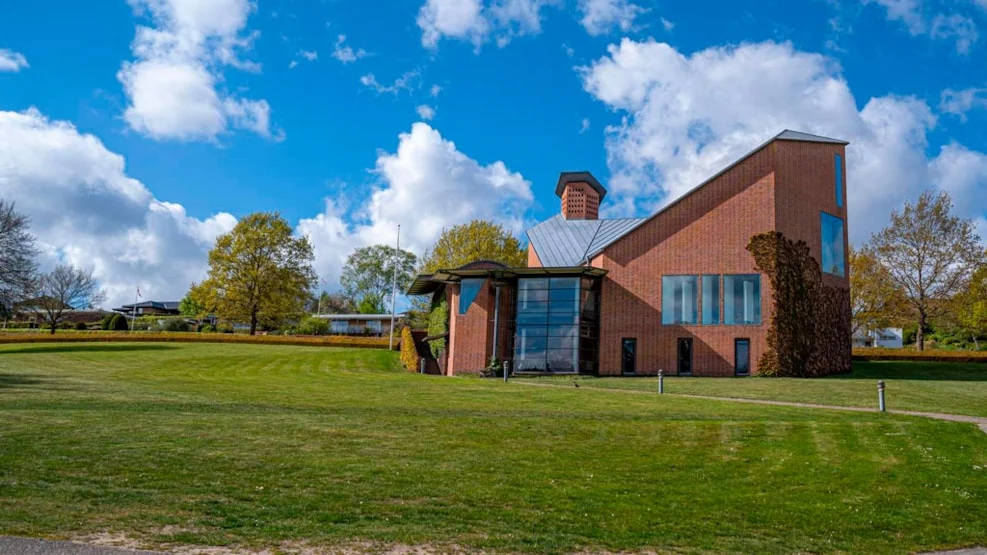
Mariehøj kirke
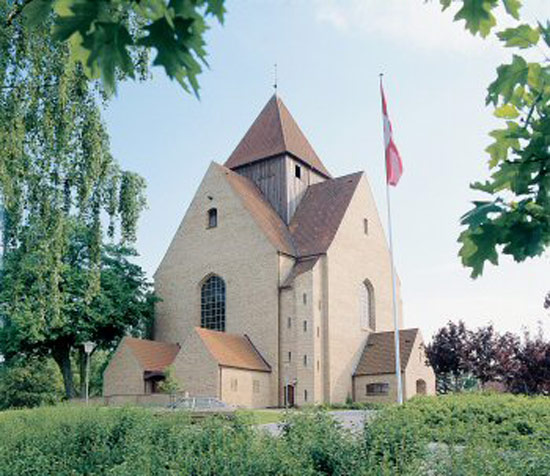
Silkeborg kirke
